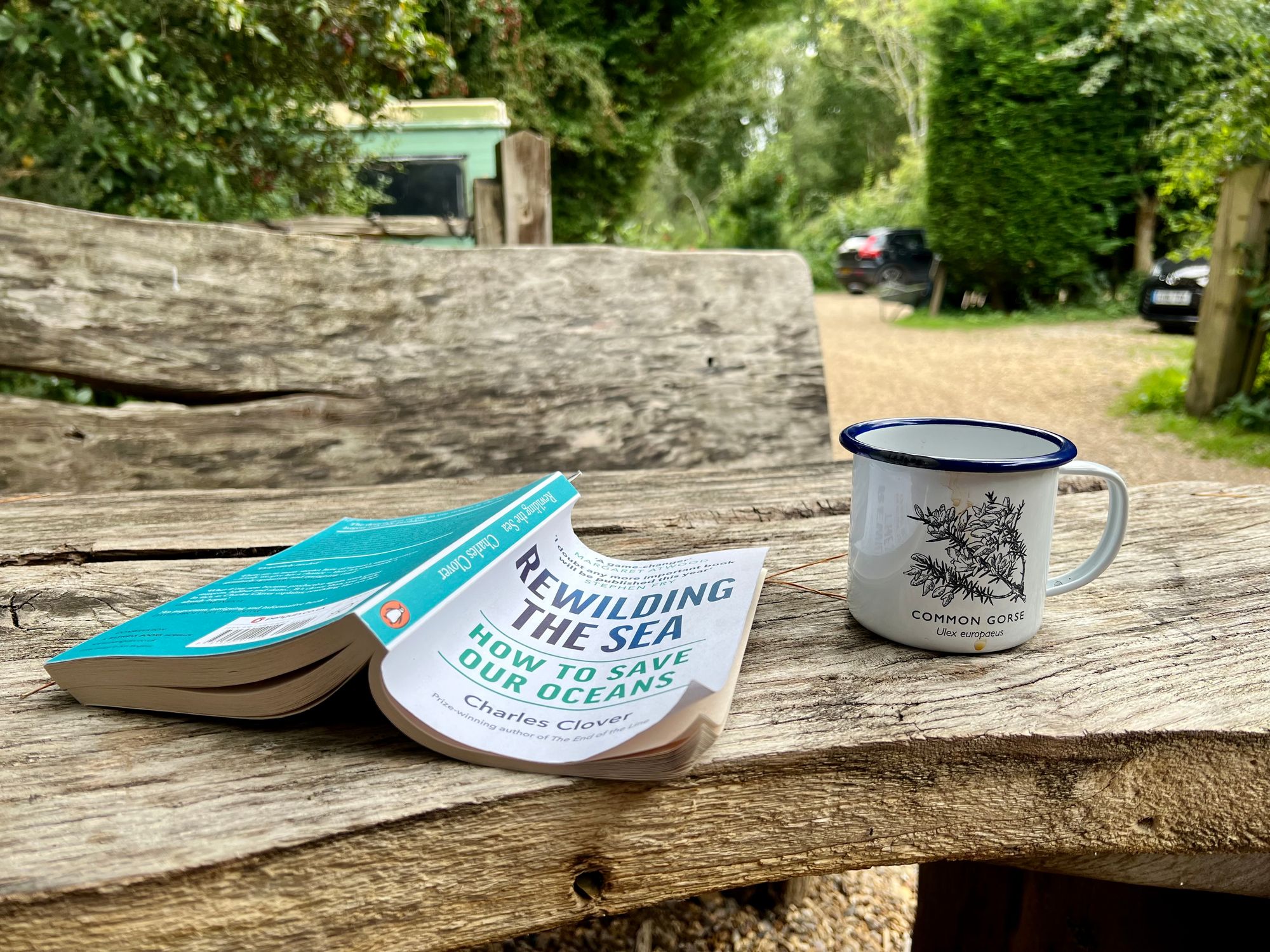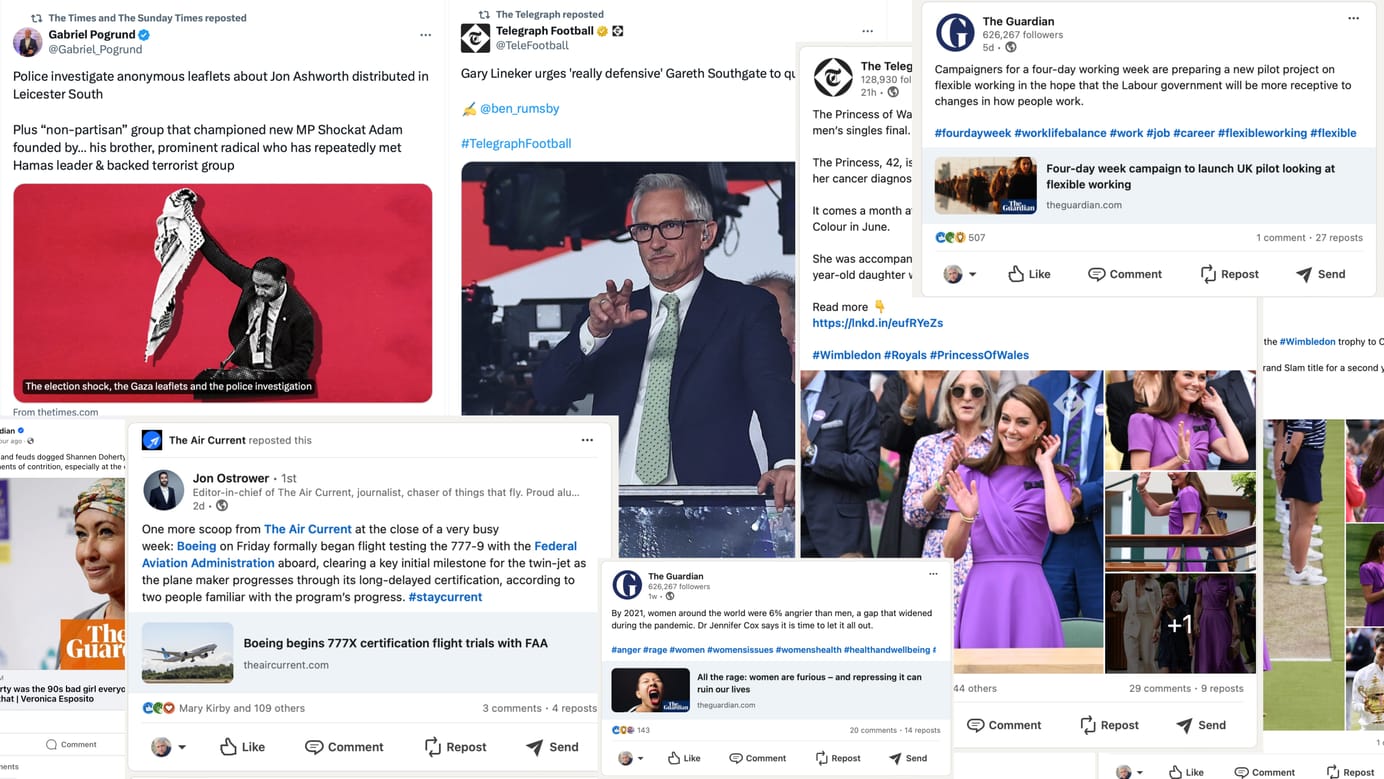
The next few years will be a great time for journalism innovation
With search and social media changing faster than ever before, it’s time for audience teams to get out of their comfort zone, and start experimenting.
This time of year is always a good one for sitting back and looking at the long view. Between lazy summer days on a campsite, and the first thoughts on how I need to change my training courses and the modules I teach at City, I have time to think. I’m able to mull over the direction of travel of audience work in a way I can’t when I’m deep in teaching.

And things feel more protean, more changeable, than I remember in a long time. It feels like I have a big presentation deck rewrite ahead of me throughout the year. Why? Well, both search and social media are going through significant changes.
A few people have suggested that it might be a worrying time for me. The two things I’m most “known” for are SEO and social media work — the combined discipline we now call “audience”. Is my career in trouble?
No.
Audience is, and always has been, bigger than just those two, and their changes open up new opportunities that, for me at least, make my work more exciting, not less.
The shifting sands of social media
Social Media is certainly in flux, with the big sites all presenting challenges:
- Facebook is pulling back from news
- Twitter (or X) is shifting all the time, and feels deeply unreliable (and I still haven't decided if I should rename it “X” in my slides…)
- TikTok is still tough to use as anything more than a destination in its own right — and its ownership remains a political problem
None of the Twitter challengers have yet reached a critical mass. Deciding where to put your effort is probably the most challenging it's ever been, since we started calling some journalists “social media editors”.
A generative challenge to search
Meanwhile, generative AI seems like it could change SEO beyond all recognition. And we don’t even need Google's generative search experience to take off for that to happen. Just the existence of these large language models is flooding the internet with AI-created pablum, polluting search results and making the battle for attention harder than ever.
It’s very difficult to predict how this will turn out. We can be sure that Google will move to try and down-rank the worst of the AI-generated content. And I remain nervous about the possible consequences of rushing into using this tech to generate “journalism”, both on search ranking and on reader trust.
Even the way the search engines use generative AI is shifting. First Google removes links from its AI-written answers, and then, less than two weeks later, they come back.

Inevitably, this will lead to further reduction in the number of searches that turn into clicks. But that’s been a long-term trend, and any sane SEO strategy is prioritising search intents that can’t be easily answered in a par or two.
New World, Same Humans
But fundamentally, I'm not worried because the underlying needs that audience work address haven't gone away. To borrow the name of my friend David Mattin’s newsletter, it may be a new world, but we are the same humans. People are still going to:
- find ways of gathering in communities online, and sharing information in that space
- look for answers to questions and solutions to problems
We have a role in both of those processes. The best sites I’ve worked with have managed to persuade their readers to come straight to them to search for answers because they know and trust the quality of information on the site over a random site found via Google. Happily, this is particularly true of the sites serving the medical profession I’ve worked with.
We need to adopt a mindset shift away from seeing external search as a way of generating traffic, and towards it as a way of generating sampling and trust building from our key audiences.
Community > Social Media
The same applies to social media. You may not believe it, but you don’t need social media to build communities. Sure, it makes it easier. But it’s not, and was never, necessary.
I started working in this field in 2005. That’s before Twitter launched. That’s well before Facebook spread beyond universities. YouTube had only just been founded, and was still trying to be a Hot or Not-influenced dating site. (Truly, the 2000s were a different age…)
Audience work, and building community around journalism brands, predates social media, and will outlive what we know as social media today. If you want evidence of that, I present the Dennis the Menace fan club run by the Beano, and the UNIT Membership you got with Doctor Who Weekly in the 70s and 80s. Simple versions, yes, but a powerful way of making a child feel connected to the magazine.
The Community Editor Redux

Before we had social media editors, we had community editors. And their job was to foster community on forums, in article comments, through letters pages, and reader submissions to photo competitions. They arranged face-to-face events, and helped facilitate bringing reader voices into the publication. It was demanding work — but incredibly satisfying.
The social media editor supplanted it because you got more obvious return for less effort, and because many communities shifted towards social media anyway. But that shift is reversing: people are moving away from the large-scale social media sites, and finding ways of creating more intimate spaces in messaging apps, Discord, and even a new breed of forum.
Again, there’s plenty of work to do here in fostering new communities among our readers, either through joining them where they already are — or through providing new, custom-built spaces for communities to grow.
New approaches need more focus
And, of course, the landscape has been slowly changing. The rise of newsletters has been incredibly welcome. It’s a form of direct relationship building that doesn’t involve algorithmic mediation, and which can be used, at its best, to build community, not just push out information.
I’ve been looking into community-building around podcasts, as part of my upcoming work on City’s new MA in Podcasting. In the Spring, I’ll be teaching a module based on our existing Audience Strategy module, but with a specific podcasting spin. And it’s fascinating to see how well the independent podcasters have used their audio show as a social object to spin a community around.
The tools and approaches to do that around a podcast, a newsletter, or a publication are going to be a big part of my work in the coming year — and so they’ll be a big part of what I write about here. It’s liberating, and deeply so. Rather than having to track every little quirk of a big app’s algorithm, hoping to harvest just a little bit more attention from an ever-diminishing crop, we’re back to looking at new services, new apps and new communities, and figuring out how they might fit into our businesses.
It’s 2006 all over again, and that was a great time to be doing journalism innovation. I suspect the next couple of years will be just as good.
Sign up for e-mail updates
Join the newsletter to receive the latest posts in your inbox.










